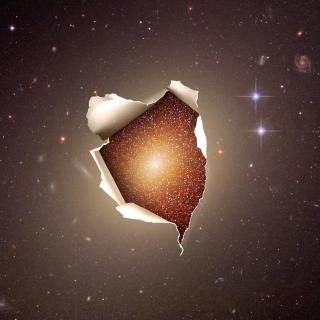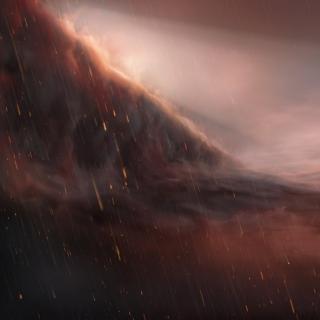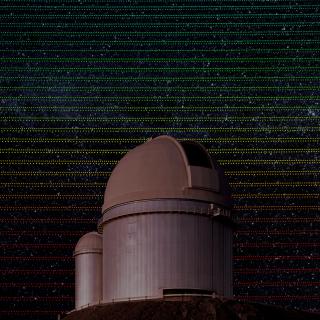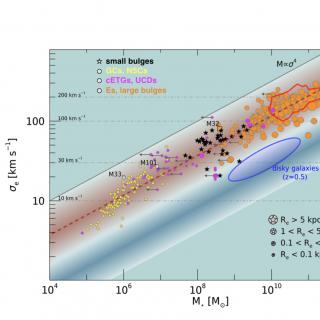
Elliptical and lenticular galaxies (collectively called early-type galaxies) are the oldest and most massive galaxies in the Universe. These galaxies were built up rapidly (in less than thousand million years) and therefore, their stars are generally ancient and cool, meaning that they mainly shine in the optical and infrared spectral ranges. However, any hot young stars that might be present are difficult to detect in these spectral ranges. The study, based on 30,000 early-type galaxy spectra from the Sloan Digital Sky Survey BOSS has analysed the UV spectral range to detect the young



![Oxygen-to-iron abundance ratios [O/Fe] vs. metallicity [Fe/H] of the iron-poor star J0815+4729 (large star symbol) compared with literature measurements. 1D-LTE oxygen-to-iron abundance ratios [O/Fe] vs. metallicity [Fe/H] of the iron-poor star J0815+4729 (large star symbol) compared with literature measurements from the [O I] forbidden line (diamonds), the near-IR O I triplet (circles), and the near-UV OH lines (squares). The two triangles at [Fe/H] ∼ −3.6 correspond to the oxygen measurement from OH lines in the metal-poor binary stars CS 22876–032 AB (González Hernández et al. 2008).](/sites/default/files/styles/crop_square_2_2_to_320px/public/images/news/figuraoxygenJ0815_f.png?h=063d2993&itok=TRrz9Jk_)
